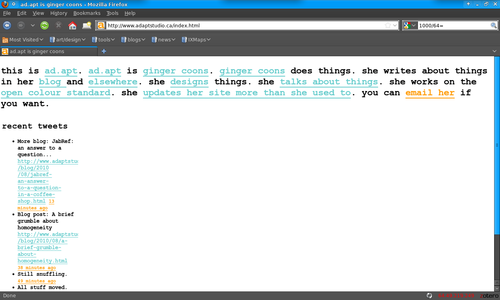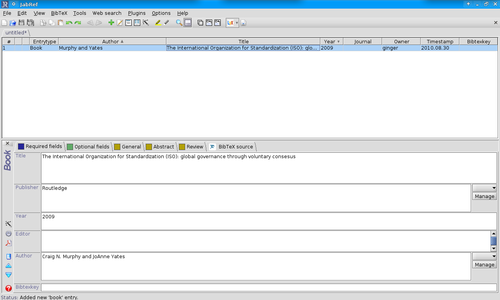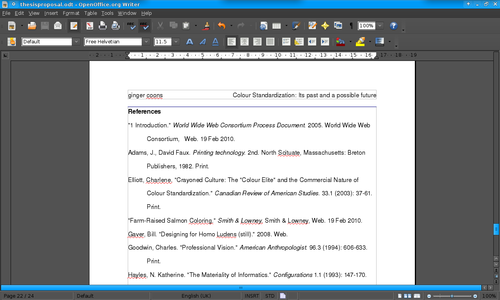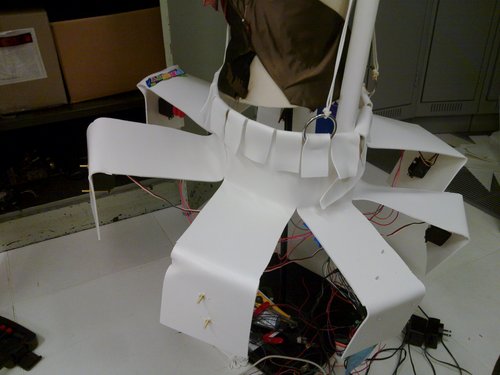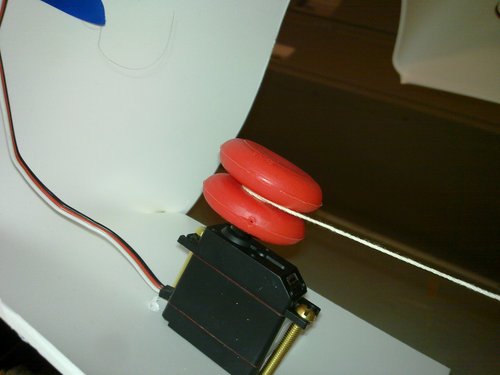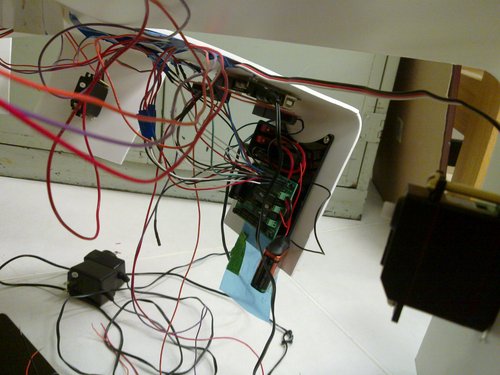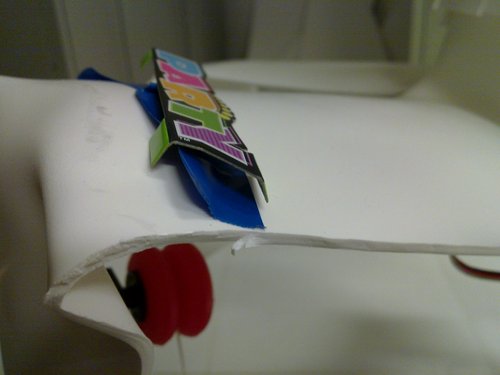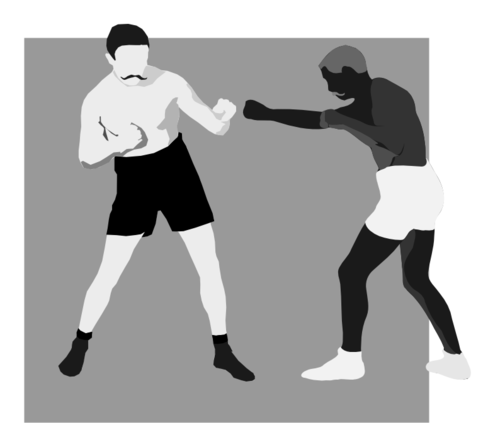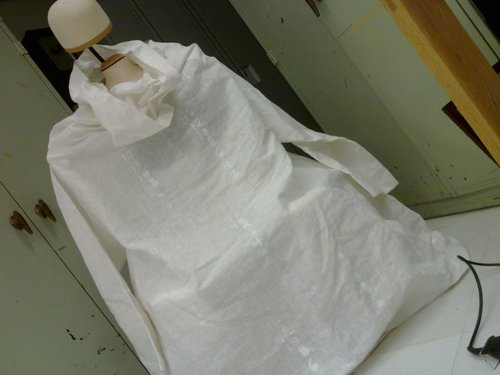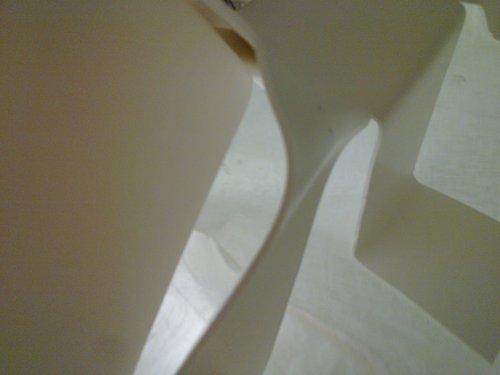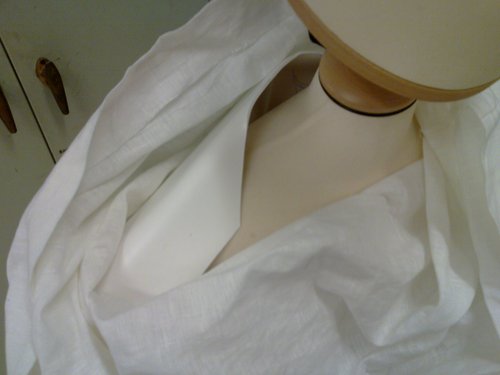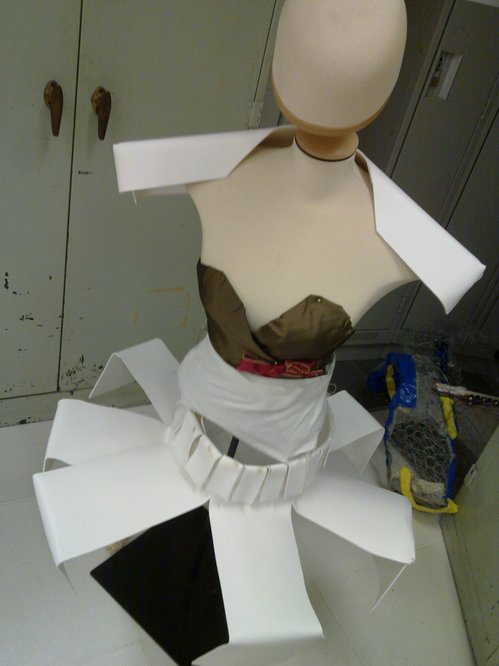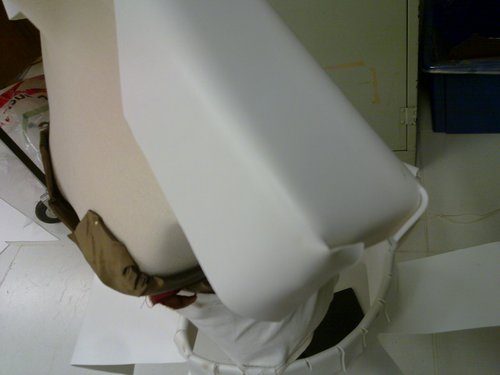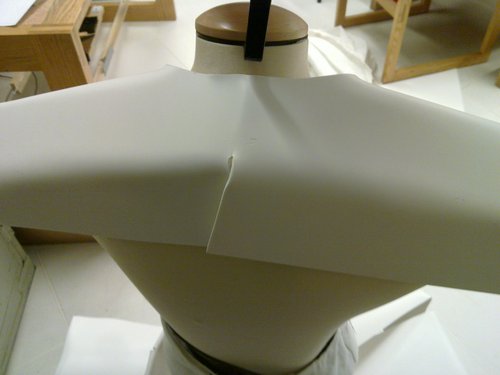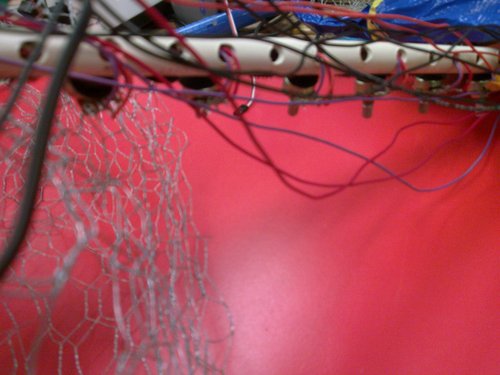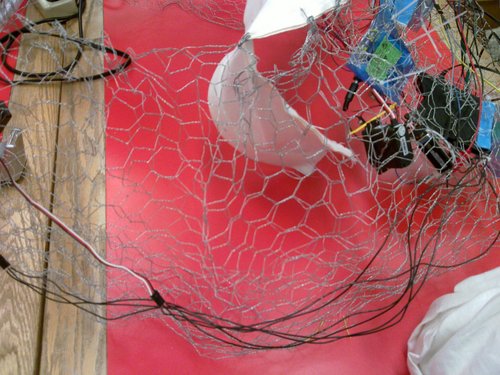When I first moved to Toronto, I had some serious trouble figuring out the subway system. The wayfinding in it seemed pretty nonsensical and opaque. As I got used to it, though, it got easier. Which tends to be the case as people get used to new things. We adjust, we acclimatize, we forget about the problems we experienced as newcomers. As a result of this, I've been thinking about the question of stakeholders in cities. Who are the stakeholders in a city? There are a number of different ones: residents, businesses, tourists and so on. And in many large cities, tourists are an important element of the urban makeup, given the revenue that they bring in. That's group one: tourists, newcomers, occasional users of cities.
So what's a local? A local is someone who lives there, who fits in, who has a habitual view of a city. And that's the trick. it's the word habitual. In fact, a commuter might even be a local, at least in the area that she frequents. Someone from Oshawa who works in one of the tall towers on University Ave. is a local to University Ave., even if she isn't a local to the rest of Toronto. She's a local to the bit of the subway between Union Station and her office tower. She's a local to the restaurants in the area. She's a local to her habits in the space.
That's something I'm profoundly interested in: spatially situated habits. Because we are such creatures of habit. And it's not necessarily an innate understanding of a space that makes us able to use it effectively, it's a habitual relationship with that space. It's the idea that a commuter or local has habits built up around the spaces that are local to her. A tourist or traveller or newcomer has no habits built up around the space. Someone who is new to interacting with the space lacks the habits that serve as coping mechanisms. Which means that they have a completely different conception of what the space is and how it works. They must actually see the space.
The local ceases to have the need to see the space after a while. She doesn't need to really interface with the space because she already has her route through it. I think that's the crux of the issue. It's the idea of habit. With habit, maps and wayfinding systems cease to be necessary. It's not the habitual users, the denizens, who require wayfinding systems. It's the newcomers.
So that's the next question: how much of an understanding of the space do you actually need in order to design a wayfinding system? Is it better to be a habitual user who knows the ins and outs but forgets what the space actually is, or is it better to be a newcomer, looking at the space with fresh eyes? Is an outsider perspective more useful in wayfinding design? In short, do you need to be other in order to properly design an effective wayfinding system?
So what's a local? A local is someone who lives there, who fits in, who has a habitual view of a city. And that's the trick. it's the word habitual. In fact, a commuter might even be a local, at least in the area that she frequents. Someone from Oshawa who works in one of the tall towers on University Ave. is a local to University Ave., even if she isn't a local to the rest of Toronto. She's a local to the bit of the subway between Union Station and her office tower. She's a local to the restaurants in the area. She's a local to her habits in the space.
That's something I'm profoundly interested in: spatially situated habits. Because we are such creatures of habit. And it's not necessarily an innate understanding of a space that makes us able to use it effectively, it's a habitual relationship with that space. It's the idea that a commuter or local has habits built up around the spaces that are local to her. A tourist or traveller or newcomer has no habits built up around the space. Someone who is new to interacting with the space lacks the habits that serve as coping mechanisms. Which means that they have a completely different conception of what the space is and how it works. They must actually see the space.
The local ceases to have the need to see the space after a while. She doesn't need to really interface with the space because she already has her route through it. I think that's the crux of the issue. It's the idea of habit. With habit, maps and wayfinding systems cease to be necessary. It's not the habitual users, the denizens, who require wayfinding systems. It's the newcomers.
So that's the next question: how much of an understanding of the space do you actually need in order to design a wayfinding system? Is it better to be a habitual user who knows the ins and outs but forgets what the space actually is, or is it better to be a newcomer, looking at the space with fresh eyes? Is an outsider perspective more useful in wayfinding design? In short, do you need to be other in order to properly design an effective wayfinding system?
